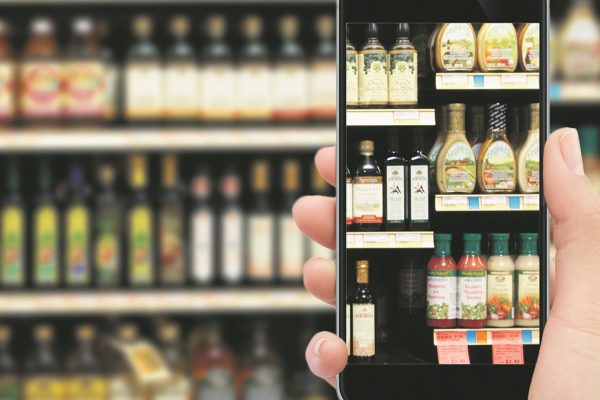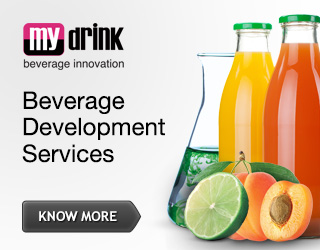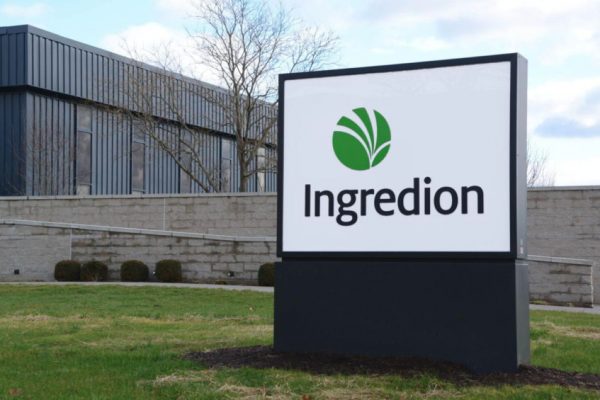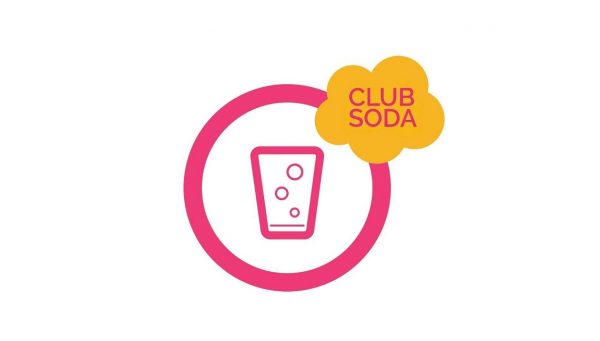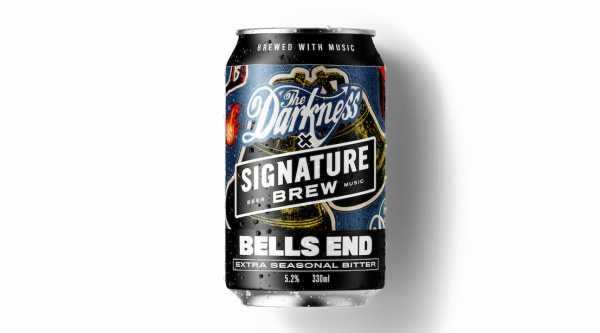Beverage News
Innovations Transforming Classic Food & Beverage Packaging
 The US market for converted flexible food and beverage packaging is forecast to exceed $16 billion in 2023, according to a new Freedonia Group analysis. Of that, 47% of demand will be pouches. Within the pouch segment, stand-up pouches will continue to gain market share in light of ongoing innovations, including resealable convenience features and an overall lighter weight.
The US market for converted flexible food and beverage packaging is forecast to exceed $16 billion in 2023, according to a new Freedonia Group analysis. Of that, 47% of demand will be pouches. Within the pouch segment, stand-up pouches will continue to gain market share in light of ongoing innovations, including resealable convenience features and an overall lighter weight.
Packaging has been transitioning from rigid to flexible in food applications due to factors such as cost- and source-reduction, improvements in barrier qualities, and an improved environmental profile, particularly as they shift from multi-layer to monolayer versions. This shift is even happening in applications like ketchup, barbecue sauce, and other condiments where rigid plastic formats that imitate the look of classic glass have succeeded.
A new spin on a modern classic
A notable example is Glenroy’s inverted squeeze standup pouch with a flip-top cap at its base, which debuted in 2018 after four years of development. The flexible format – which can be rolled like a tube of toothpaste – enhances ease-of-dispensing and helps prevent food waste.
Glass has historically reigned in condiments, but the heavy weight of glass bottles lends to higher packaging and delivery costs, which trickle down to consumers. Additionally, although glass is traditionally a frequently recycled packaging material, many recycling programs are beginning to refuse glass, which hurts glass’ environmental profile.
In more recent years, inverted rigid plastic condiment bottles have become the standard, while glass is used more selectively to reflect a more upscale product image.
Now flexible packaging is stepping in. Generally cheaper to manufacture and transport – since it can be shipped in rolls and filled by the food and beverage firms that buy it. Therefore, while the package may not be eligible for most curb-side recycling programs, its lighter weight allows it to boast a cleaner environmental profile.
The rise of food and beverage e-commerce purchasing has led to greater interest in light weight packaging that won’t break in transit, further boosting interest in pouch packaging.
Machinery requirements may be a turn-off
However, most stand-up pouches require food and beverage customers to purchase additional accessories, if not all new equipment to fill the pouches. Therefore, firms interested in improving package-filling efficiencies may look elsewhere. For example, Semco claims that its Sempack conical-shaped flexible pouch can be filled using equipment that companies already have for conventional bottle filling, without additional investment in costly new production machinery.
Source: The Freedonia Group


